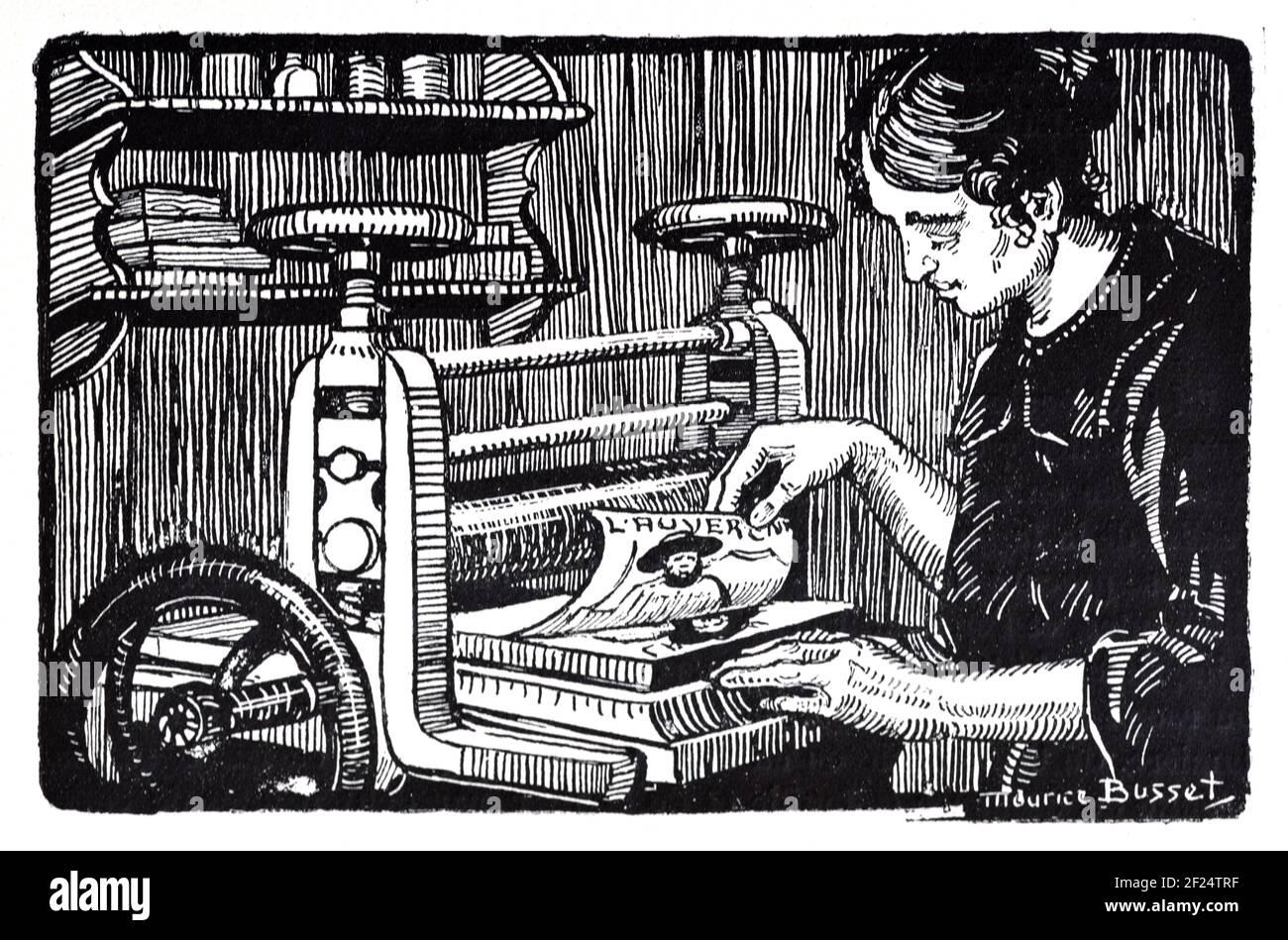
The plate is then etched simply by washing the plate with water, revealing the original image on the plate. The image is transferred to the plate by exposure to UV light. The transparency is sandwiched with a steel plate that has a UV light-sensitive emulsion, known as a photopolymer plate. The resulting print has regular lines, spaced and crosshatched to. It first involves making a transparency from a photograph. Engraving involves the physical cutting of lines into a plate using a tool called a burin.

Made by engraving into metal, some historians believe that intaglio evolved from goldsmiths' practice of taking an impression of a design they engraved on an object onto paper (in order to keep a record of it). The term "intaglio" is an Italian word meaning "carved" or "recesses." The intaglio process provides the opportunity for gradations in tone in the final print.Ī modern method of creating an etched plate from which to print intaglios is used. Intaglio printmaking techniques emerged in Europe centuries after the invention of woodblock printing in Japan. Intaglio is the opposite of relief printing such as woodcuts which rely on the surface ink. All forms of intaglio printmaking rely on making an image based on ink being drawn from the etched or "sunken" areas of a plate or other media rather than from the surface. Furthermore, what is the meaning of intaglio printing ntælio/ in-TAL-ee-oh, Italian: intao) is the family of printing and printmaking techniques in which the image is incised into a surface and the incised line or sunken area holds the ink. Intaglio printmaking has been around in one form or another for almost 700 years.


 0 kommentar(er)
0 kommentar(er)
